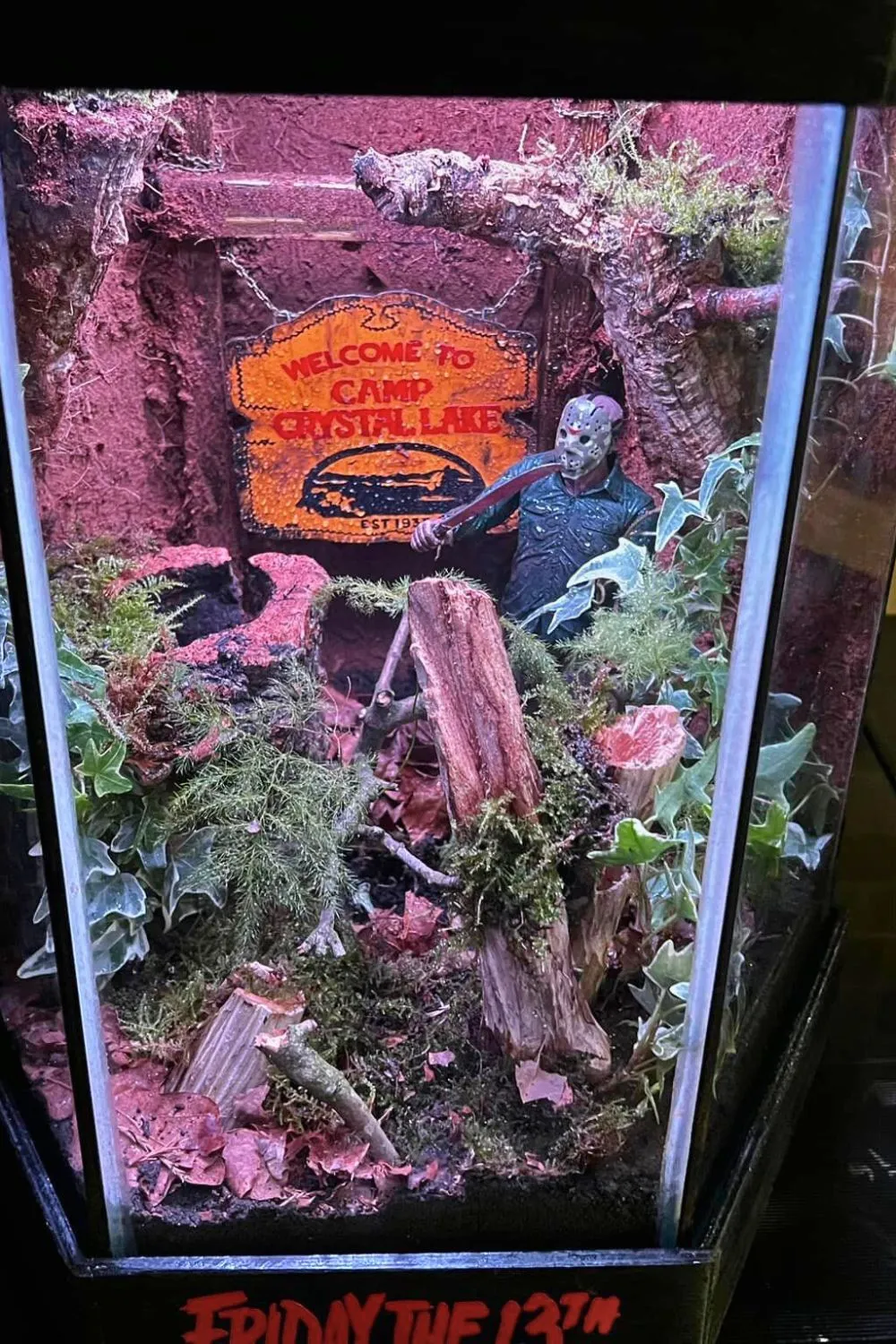Why the Right Tarantula Enclosure Matters
Providing the best tarantula enclosure is paramount to the health, happiness, and overall well-being of your eight-legged companion. A suitable enclosure mimics the tarantula’s natural habitat, providing a safe and secure environment where it can thrive. The right setup significantly reduces stress, which can lead to a longer lifespan and more fascinating interactions. The choice of enclosure directly impacts your ability to observe your tarantula’s behavior, from feeding and molting to web-spinning and exploring. By investing time in selecting the correct enclosure, you are investing in the long-term health and enjoyment of your pet.
Choosing the Right Size Tarantula Enclosure
Selecting the appropriate size tarantula enclosure is a fundamental aspect of responsible tarantula ownership. A too-small enclosure can restrict movement and limit the tarantula’s ability to establish territories and exhibit natural behaviors. Conversely, a too-large enclosure can make it difficult for the tarantula to find food, feel secure, and may increase the risk of falls, which could be dangerous. The ideal enclosure size depends on the tarantula’s species, its size, and its stage of development. A good rule of thumb is to provide an enclosure that is at least twice the tarantula’s leg span in width and length, and a height that allows for sufficient substrate depth and overhead space for the tarantula to climb or burrow, depending on its natural habits.
Consider your Tarantula’s Species
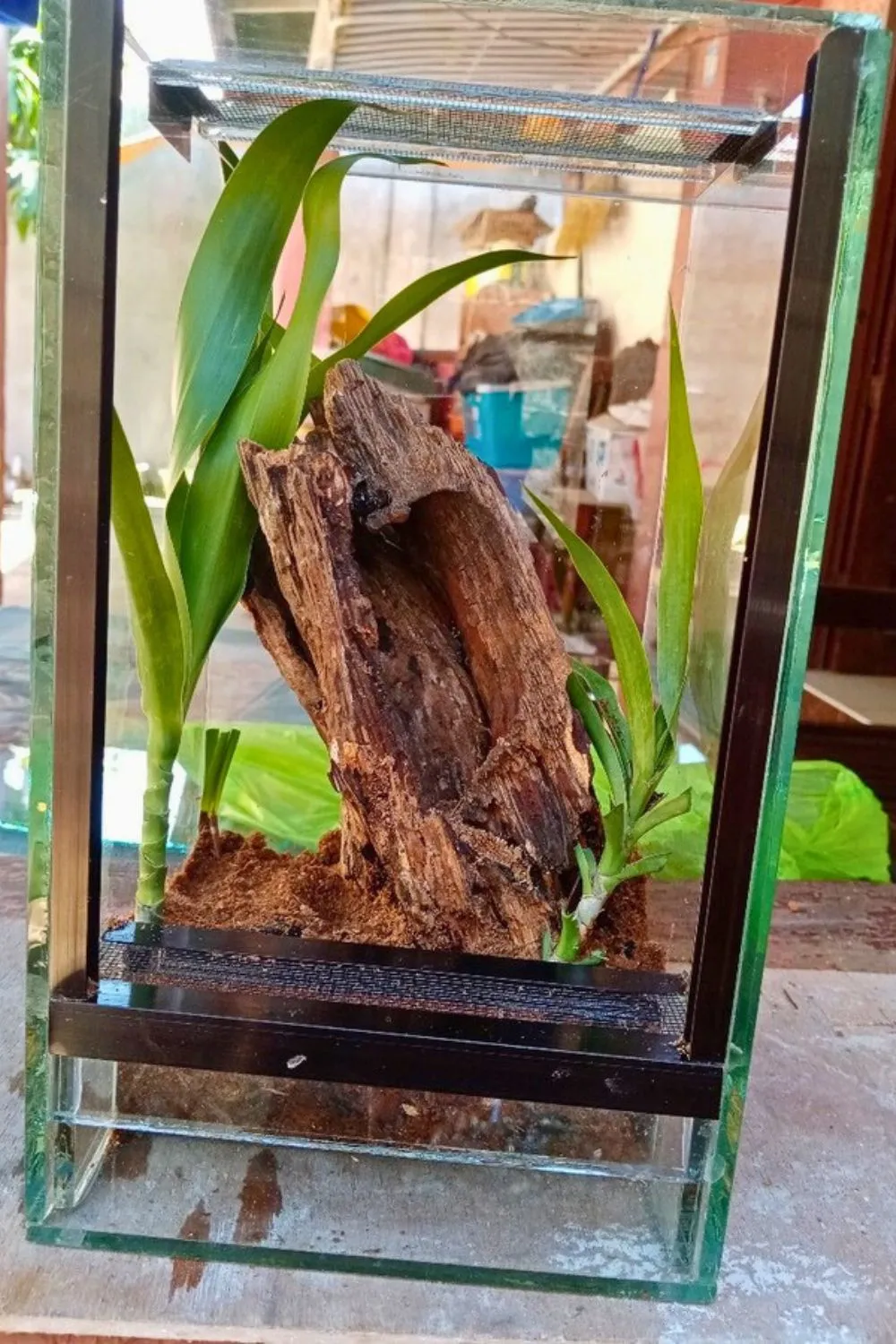
Different tarantula species have unique needs and preferences, especially when it comes to enclosure size. Arboreal species, which live in trees, require taller enclosures to accommodate their climbing behavior. Terrestrial species, which live on the ground, generally need wider enclosures with more floor space. Some species are more active and require larger spaces to explore, while others are more sedentary and prefer smaller, more secure habitats. Researching the specific requirements of your tarantula species is the first step in providing a suitable enclosure. Consider the species’ natural habitat and the types of environments it prefers to replicate these conditions as closely as possible.
Growth and Molting Considerations
As your tarantula grows, it will periodically molt its exoskeleton. During this vulnerable period, the tarantula needs a safe and stress-free environment. The enclosure should provide adequate space for molting, allowing the tarantula to turn over on its back without obstruction. The enclosure’s size should also accommodate future growth. You may need to upgrade the enclosure as your tarantula matures. It’s wise to plan for future growth by selecting an enclosure that will comfortably house your tarantula for several years. Be prepared to replace substrate and add or adjust decor as your tarantula’s size and needs change during its lifetime, especially after each molt.
Enclosure Materials
The material of your tarantula enclosure plays a critical role in its functionality and the well-being of your pet. Two of the most popular materials for tarantula enclosures are glass and acrylic. Each has advantages and disadvantages, and the best choice for you will depend on your preferences and the specific needs of your tarantula. The enclosure material affects humidity control, visibility, durability, and ease of cleaning. Regardless of the material chosen, ensure the enclosure is well-ventilated, secure, and constructed with non-toxic materials that will not harm your tarantula.
Glass Enclosures for Tarantulas
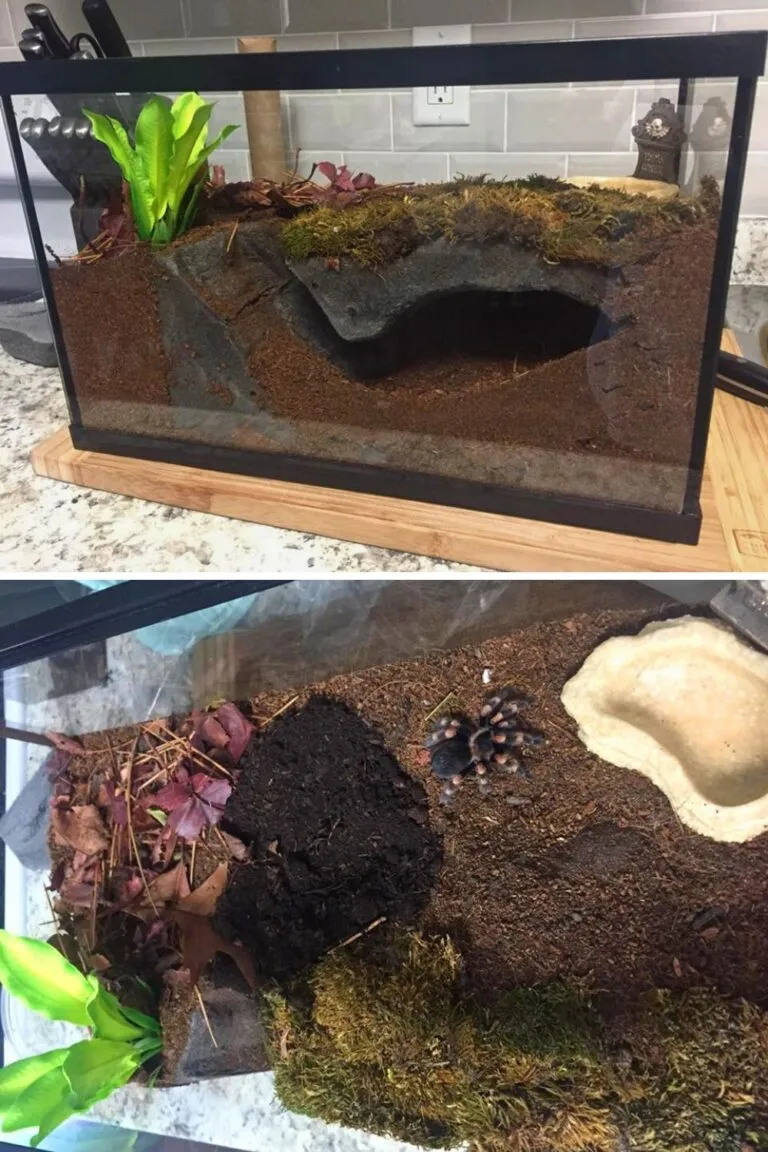
Glass enclosures offer excellent visibility, allowing you to observe your tarantula’s activities without obstruction. They are generally easy to clean and maintain, as glass is non-porous and resistant to scratches. However, glass enclosures can be heavy and may shatter if dropped. They also do not retain heat as well as acrylic, which can be a factor if you need to maintain a higher temperature in your enclosure. Glass can be more expensive than acrylic, and the weight of a large glass enclosure can make it difficult to move. Ensure that the glass enclosure has adequate ventilation, usually in the form of a screen lid, and is designed specifically for the needs of arachnids. Always handle glass enclosures with care to prevent breakage.
Acrylic Enclosures for Tarantulas
Acrylic enclosures are lightweight, durable, and offer excellent insulation, helping to maintain stable temperatures and humidity levels. Acrylic is also more resistant to scratches than glass, making it a good choice for enclosures that may experience heavy use or frequent handling. Acrylic enclosures are available in various shapes and sizes, making it easier to find one that suits your needs. However, acrylic can be more prone to scratching than glass, and some cleaning products can damage its surface. Make sure to choose an acrylic enclosure with secure closures to prevent your tarantula from escaping. Regular cleaning and maintenance will help keep your acrylic enclosure in top condition.
Ventilation and Humidity Control
Proper ventilation and humidity control are essential for the health and well-being of your tarantula. Tarantulas require specific humidity levels to thrive, which vary depending on the species. Poor ventilation can lead to the buildup of harmful bacteria and mold, which can negatively impact the tarantula’s health and well-being. The enclosure should have sufficient airflow to prevent the buildup of moisture and ensure that the environment remains fresh and clean. Proper ventilation also assists in regulating the temperature inside the enclosure, which is crucial for the tarantula’s health. Choosing an enclosure with adequate ventilation is essential for long-term tarantula care and avoiding respiratory issues.
Importance of Proper Ventilation
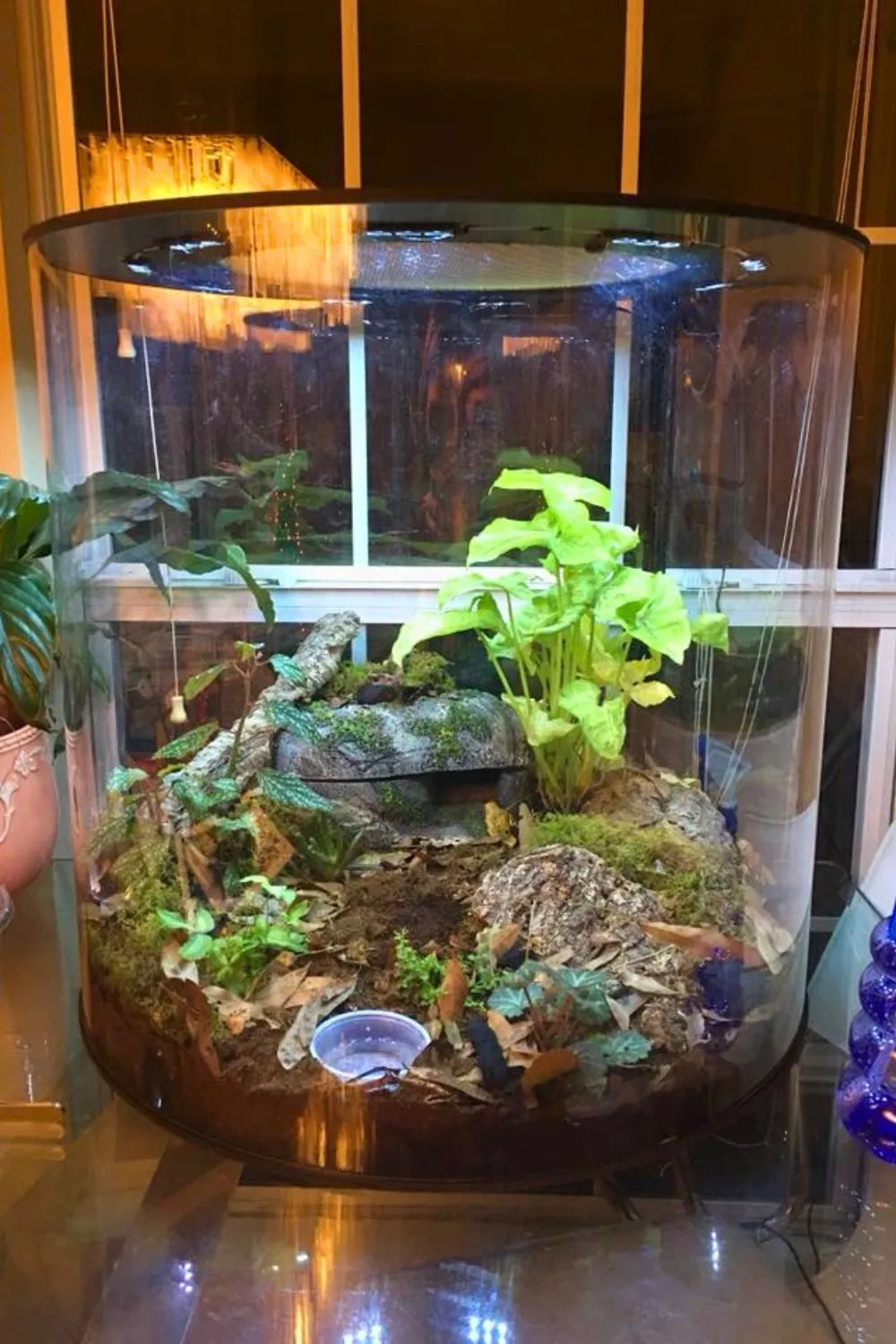
Adequate ventilation is essential for the health and well-being of your tarantula. It prevents the buildup of stale air, excess moisture, and harmful bacteria or mold. Good ventilation is particularly crucial in humid environments to prevent respiratory issues. Most tarantula enclosures feature ventilation in the form of cross-ventilation, usually through a screen top or side vents. Make sure the ventilation is sufficient for the size and species of your tarantula, taking into consideration its natural habitat. Insufficient ventilation can create a stagnant environment, while excessive ventilation can lower the humidity too much.
Maintaining Humidity Levels
Maintaining the correct humidity level is crucial for the health of your tarantula. The ideal humidity level varies depending on the species. Tropical species generally require higher humidity than desert species. You can measure humidity using a hygrometer, which should be placed inside the enclosure. To increase humidity, you can mist the enclosure with dechlorinated water, provide a water dish, and use a moisture-retaining substrate like coco fiber. Conversely, if the humidity is too high, you can improve ventilation or use a drier substrate. Regularly monitor and adjust the humidity level as needed to create the perfect environment for your tarantula to thrive.
Top 5 Best Tarantula Enclosures Reviewed
Choosing the best tarantula enclosure depends on the specific needs of your tarantula. Here are 5 top-rated options, each with its own set of advantages and disadvantages. Consider the size, material, ventilation, and overall design to select the enclosure that’s the best fit for you and your tarantula.
Enclosure 1 Review
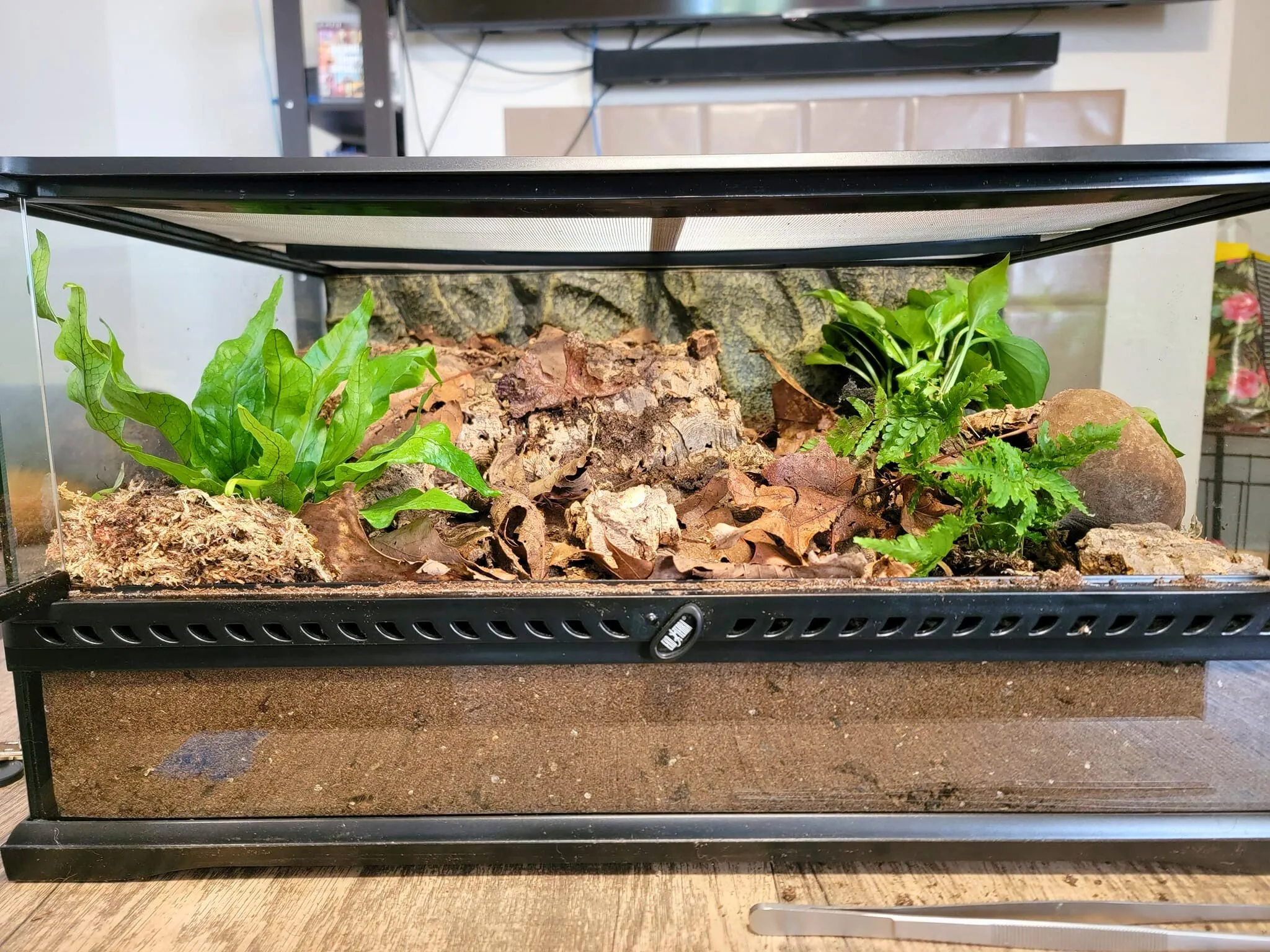
This enclosure is a popular choice for beginners, often made of durable acrylic with a secure locking mechanism. It typically features ample ventilation and a clear view, making it easy to observe your tarantula. The design often includes a built-in feeding access and is typically sized for juvenile and sub-adult tarantulas. The compact design makes it a great option for limited spaces.
Pros and Cons
- Pros include easy setup, good visibility, and secure design.
- Cons may include a smaller size, potentially unsuitable for larger species or adults, and the need for frequent cleaning.
Enclosure 2 Review
This enclosure is often constructed from glass, offering unobstructed views of your tarantula. It is designed with a focus on naturalistic aesthetics, frequently including a screen top for ventilation. These enclosures often come in different sizes, with larger options suitable for adult tarantulas. The glass material provides excellent visibility.
Pros and Cons
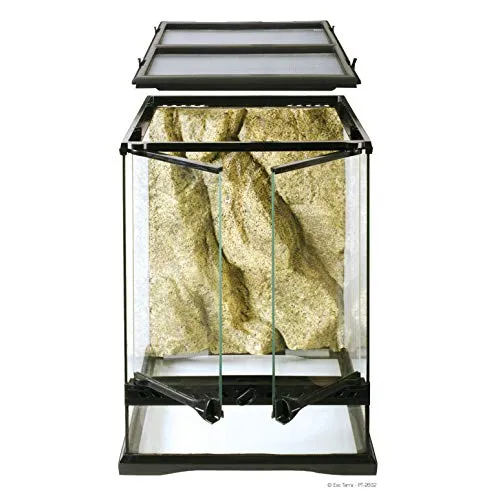
- Pros are excellent visibility and a stylish design that blends into home decor.
- Cons include the glass can be heavy, may require more careful handling, and may not insulate as well as acrylic.
Enclosure 3 Review
This enclosure offers a budget-friendly option. Frequently constructed from acrylic or modified plastic, it provides good functionality. These enclosures usually prioritize ventilation, often with features like sliding doors to manage access and feeding. They are available in several sizes, suitable for a range of species. The design is often simple, focusing on practicality over elaborate aesthetics.
Pros and Cons
- Pros include affordability, lightweight design, and ease of cleaning.
- Cons may include a less premium feel, potential scratching of the plastic, and a simpler design.
Enclosure 4 Review
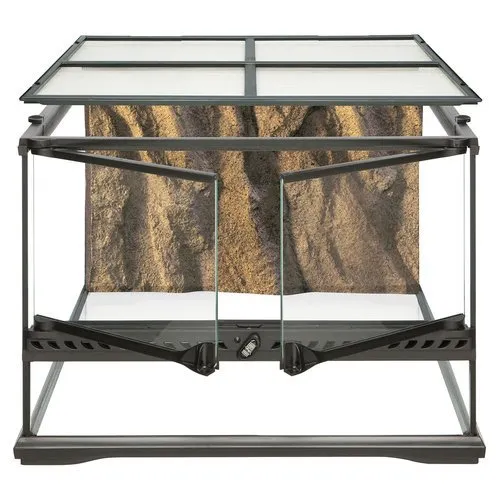
This enclosure option, often made from high-quality acrylic, is designed to prioritize humidity and temperature control. It features tightly sealed lids and well-designed ventilation to allow for optimal environmental control. The construction materials are typically durable and able to endure various conditions. Enclosures in this category are available in a range of sizes, catering to both juvenile and adult tarantulas.
Pros and Cons
- Pros include excellent environmental control, secure design, and high visibility.
- Cons may include a higher price point compared to other options, and potential condensation if ventilation is not properly managed.
Enclosure 5 Review
This enclosure is designed specifically for arboreal tarantulas, featuring a tall, vertical design that accommodates climbing behaviors. Made from acrylic, it features secure ventilation and often has a removable front door for easy access. This design is ideal for tree-dwelling species, providing adequate space for arboreal tarantulas to thrive.
Pros and Cons

- Pros are suitable for arboreal tarantulas, with tall designs and secure features.
- Cons may include the enclosure may not be suitable for terrestrial species and can take up more vertical space.
Decorating Your Tarantula’s Enclosure
Decorating your tarantula’s enclosure is crucial for providing a stimulating environment that meets its needs. Adding appropriate substrate, hides, and other decorations can improve the spider’s physical and psychological well-being. These additions provide opportunities for enrichment, allowing the tarantula to exhibit natural behaviors, such as burrowing, hiding, and web-spinning. The decorations enhance the enclosure’s aesthetic appeal and create an environment that is more interesting for both the spider and the owner. The goal is to create an environment that mimics the tarantula’s natural habitat.
Substrate Selection
The substrate is the foundation of your tarantula’s enclosure, influencing humidity control, burrowing behavior, and overall comfort. The choice of substrate depends on the tarantula’s species. Coconut fiber is a popular choice for many tropical species because it retains moisture and allows for burrowing. Other options include peat moss, vermiculite, and a mixture of these materials. Ensure the substrate is free of pesticides and other harmful chemicals, and change it regularly to prevent the buildup of waste and maintain a healthy environment. The depth of the substrate should also be considered; for burrowing species, a deeper layer is necessary to allow for natural behaviors.
Adding Hides and Decor
Hides are essential for providing security and reducing stress in your tarantula. They allow the tarantula to retreat and feel safe, which is crucial for its well-being. Good hide options include cork bark, artificial plants, and commercially available spider hides. Consider adding decorations such as branches, rocks, and artificial plants to create a more naturalistic environment. These additions provide opportunities for climbing, web-spinning, and exploring. The decor should also be non-toxic and easy to clean. Always avoid placing anything that could potentially harm your tarantula.
Water and Feeding
Providing fresh water and appropriate food is essential for your tarantula’s survival and overall health. A well-maintained water dish and a consistent feeding schedule are vital parts of caring for your tarantula. Ensure you use the correct water and choose the right food sources to avoid any health problems for your pet. Be sure to monitor your tarantula’s eating habits and water intake to help it thrive in its enclosure.
Water Dish Essentials
A clean and readily available water source is crucial for tarantulas. Use a shallow water dish that is easily accessible. The size of the water dish should be appropriate for the size of your tarantula, with juvenile spiders needing smaller dishes to avoid accidental drowning. Regularly clean the water dish to prevent the buildup of bacteria and algae, and always provide fresh, dechlorinated water. Some tarantula keepers provide water by misting the enclosure, especially for species that prefer higher humidity levels.
Feeding Your Tarantula
Feeding your tarantula appropriately is vital for its health and growth. The frequency of feeding depends on the spider’s age, species, and metabolism. Most tarantulas eat live insects, such as crickets, roaches, and mealworms. Avoid feeding wild-caught insects, as they may carry parasites or pesticides. Always offer food items that are no larger than the tarantula’s abdomen to prevent injury. Remove any uneaten food within 24 hours to prevent the build-up of mold and bacteria. Make sure to monitor your tarantula’s feeding behavior and adjust the feeding schedule accordingly, taking into consideration the tarantula’s overall health, growth, and molting cycle.
Conclusion
Selecting the best tarantula enclosure is a critical step in providing a healthy and enriching environment for your pet. Consider factors such as the species, size, materials, ventilation, and humidity to make the right choice. Remember to prioritize your tarantula’s needs by selecting an enclosure that facilitates its natural behaviors. By investing time and effort in creating the ideal tarantula enclosure, you’re ensuring your pet’s well-being and your enjoyment. With the right setup, you’ll be well on your way to being a happy and responsible tarantula owner, allowing your spider to thrive for years to come.
